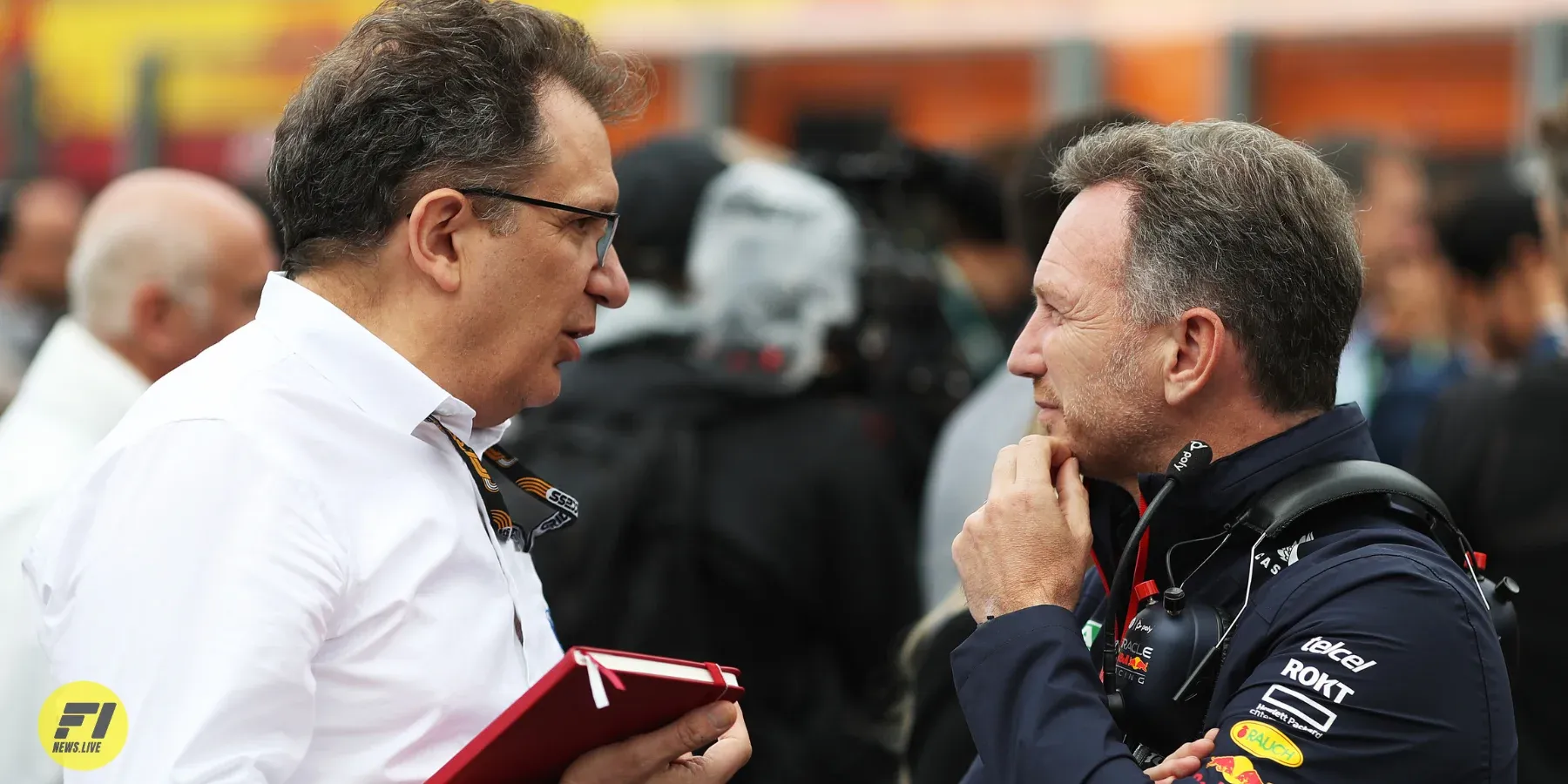FIA seeks to close flexi-wing loopholes starting from Singapore GP
Recognizing the limitations of static testing, the FIA aims to close flexi-wing loopholes through Technical Directive 018, effective from the upcoming Singapore Grand Prix.

Background on Flexi-Wings in F1
Formula 1 teams have long pursued designs that allow aerodynamic components like front and rear wings to flex at high speeds.
This reduces drag for higher top speeds while maintaining maximum downforce when cornering.
However, Article 3.2.2 bans moveable aerodynamic devices, requiring all parts influencing aero performance to remain completely rigid.
F1 "Flexi-Wings" RedBull, Ferrari and Mercedes 2023, Dutch GP - f1technical.net
The FIA conducts static load tests to enforce this, but some teams use mechanisms and tricky material combinations to enable otherwise illegal localized flexibility that passes scrutineering.
Clarified restrictions through Technical Directive 018
Recognizing the limitations of static testing, the FIA aims to close flexi-wing loopholes through Technical Directive 018, effective from the upcoming Singapore Grand Prix.
As FIA Single-Seater Director Nikolas Tombazis explains, levers enabling specific deflection directions and parts sliding independently despite proximity will now be deemed unacceptable circumventions.

"If under a carbon surface, we have levers that allow a deflection in one direction and not in another, we can consider this a mechanism,” he told Motorsport.com.
"Another thing we have said in the past is that it’s not acceptable when a component has relative motion against an adjacent element, sliding in a different direction [from it]."

"What happened recently? Some teams have components adjacent to each other that have a fairly high movement but do not slide [in tandem] because these areas are covered with rubber material."
"We do not consider this acceptable and, for this reason, we have made a clarification."
The revised tests will prohibit designs clearly exploiting test limitations, even if they comply under regular loads.
Implications on team performance
McLaren and Mercedes estimate TD018 to cost teams exploiting flexi-wings around 0.1s per lap.
While not enough to trouble dominant team Red Bull, the midfield battle is so tight that even minor losses could shuffle the order between McLaren, Alpine, Alfa Romeo and Aston Martin.
Revised Scrutineering Process
The FIA has requested all teams supply relevant assembly drawings of front/rear wings and mounting components for compliance checks before Singapore.

During scrutineering, increased test load speeds and video analysis will further assess suspicious flexing undetectable previously.
Non-compliant parts must be rectified.
Ongoing Developments Expected
Engineers will likely continue finding ways around flexi-wing restrictions given the performance incentives.
But the FIA's improved static loads and visual analyses should significantly close the most overt loopholes.
Further refinements to testing procedures can be expected as teams and regulators play a perpetual cat-and-mouse game in this controversial area.





Comments ()